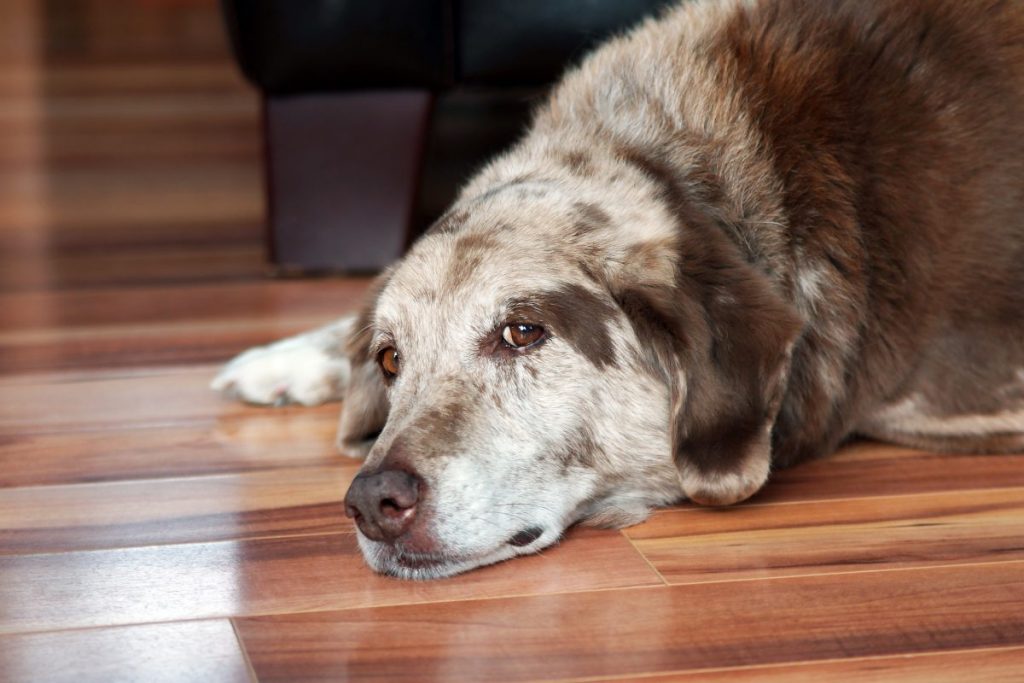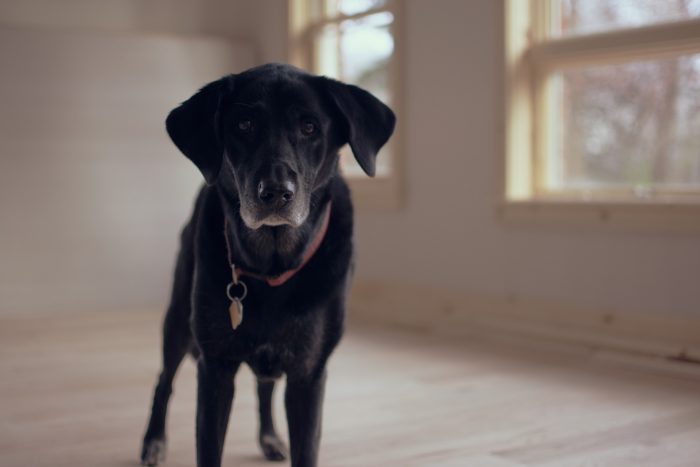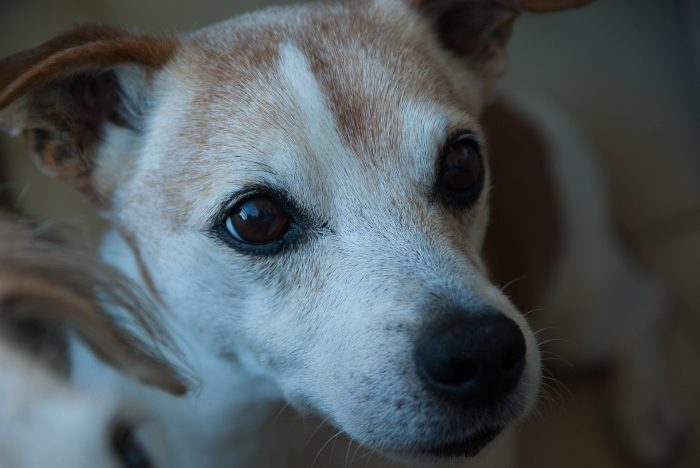As dogs age, their medical conditions get more complex and owners need to be aware of the considerations facing their furry friends. One common problem amongst older dogs is urinary incontinence.
What is Canine Urinary Incontinence?
According to WebMD, Urinary incontinence is “when a housetrained dog loses control of his bladder.” Like most medical conditions, this problem can occur in different levels of severity and present itself differently, depending on the dog and their surroundings.
Urinary incontinence can affect all types of dogs, but it is especially common in older, female dogs that are spayed. Common breeds prone to urinary incontinence include:
Possible Causes of Urinary Incontinence in Dogs
There are many different reasons why your dog may be experiencing urinary incontinence, including:
- Hormonal Changes — Just like humans, dogs go through hormonal changes as they get older. These changes can have many side effects, including urinary incontinence.
- Urinary Tract Infection — One side effect of a canine UTI is urinary incontinence. This behavior may be a sign of a different internal infection.
- Prostate Disorders — Prostate disorders, such as cancer, can be serious conditions and animals benefit from early detection.
- Diabetes — Even younger dogs can get diabetes and urinary incontinence may be a result of this condition
- Kidney Disease — One reason why your pup might have to go to the bathroom more is because they are drinking more water, which could be a sign of kidney issues.
Often, urinary incontinence is a sign of another, possibly larger problem, and it is important to talk to your vet right away if your dog is experiencing abnormal urination behavior.
Treating Canine Urinary Incontinence
Treatment will vary depending on the cause of your dog’s urinary incontinence. This is why it is crucial to consult your vet about your dog’s urinary incontinence as soon as possible, as they can do extensive tests to figure out the issue. Medications can often solve your furry friend’s dilemma, including antibiotics or hormones.
In extreme cases, surgery may be needed to solve the problem, especially if the issue is due to internal complications like bladder stones, a congenital abnormality, or a protruding disc.
How to Manage Urinary Incontinence in Dogs
If you have a dog that has been diagnosed with urinary incontinence, there is no need to worry. There are many ways to make both you and your pup feel comfortable. Some ways to help canine urinary incontinence include:
Making Your Dog Feel Comfortable
Make sure to always keep your dog’s sleeping and relaxing spots stocked with clean blankets and provide waterproof pads if necessary. Dogs like to keep their personal spaces clean, so if your dog has pee on their beds they will feel stressed and might act up.
Another way to make your dog feel comfortable, and to decrease the chances of further infection, is to make sure your dog exhibits proper hygiene. This may include increased grooming, more frequent baths, or closer monitoring of licking and scratching.
Give Your Dog Adequate Exercise
Even urinary incontinence behavior that is caused by an internal issue can be helped with more frequent walks and exercise. Try to get into the habit of taking your dog out first thing in the morning and right before bed at night. This might save some accidents in the future.
Continually Monitor Your Dog’s Behavior
After a diagnosis, it’s important to monitor your dog’s behavior in case their condition doesn’t improve or worsens. A simple case of bacterial infection has the potential to turn into something more serious.
Urinary incontinence is a relatively common problem in older dogs and when treated early and accurately, it can subside. If you think your dog is exhibiting the signs of this condition, contact your vet immediately.






